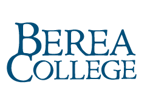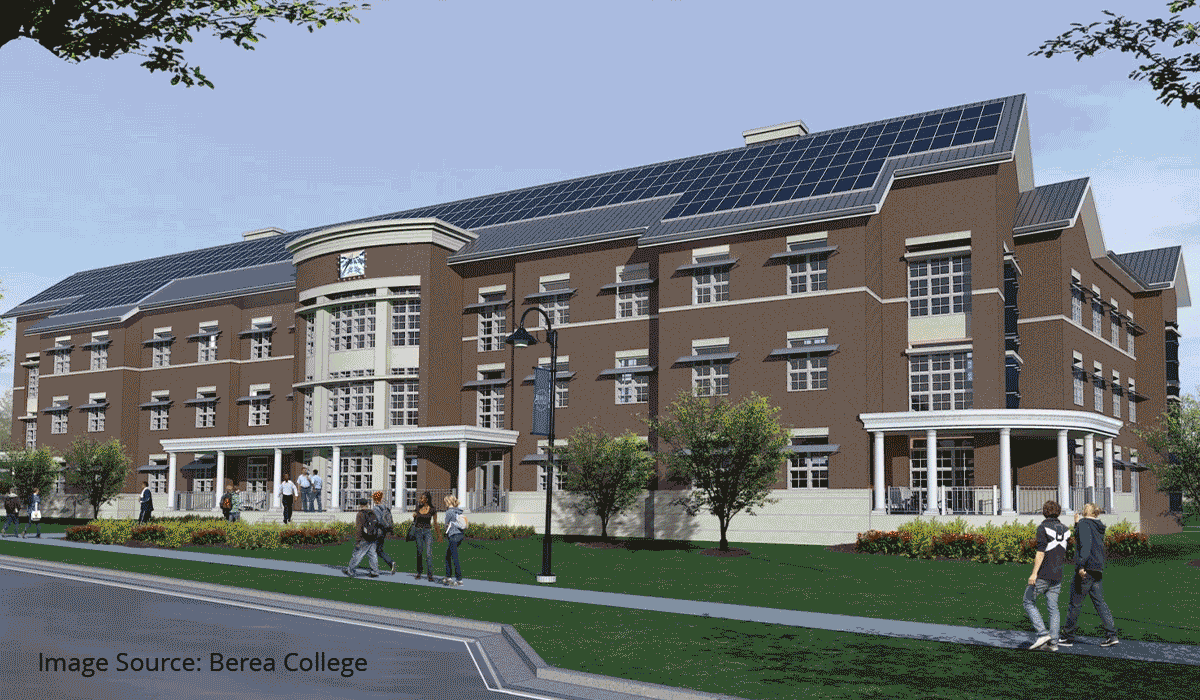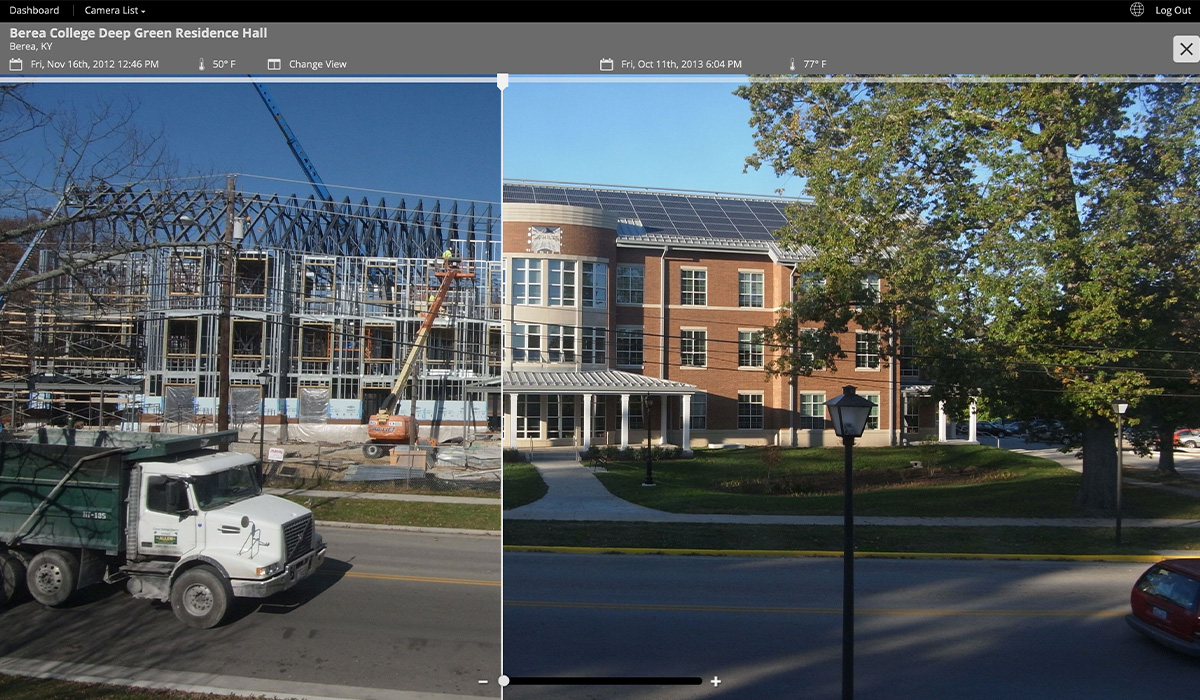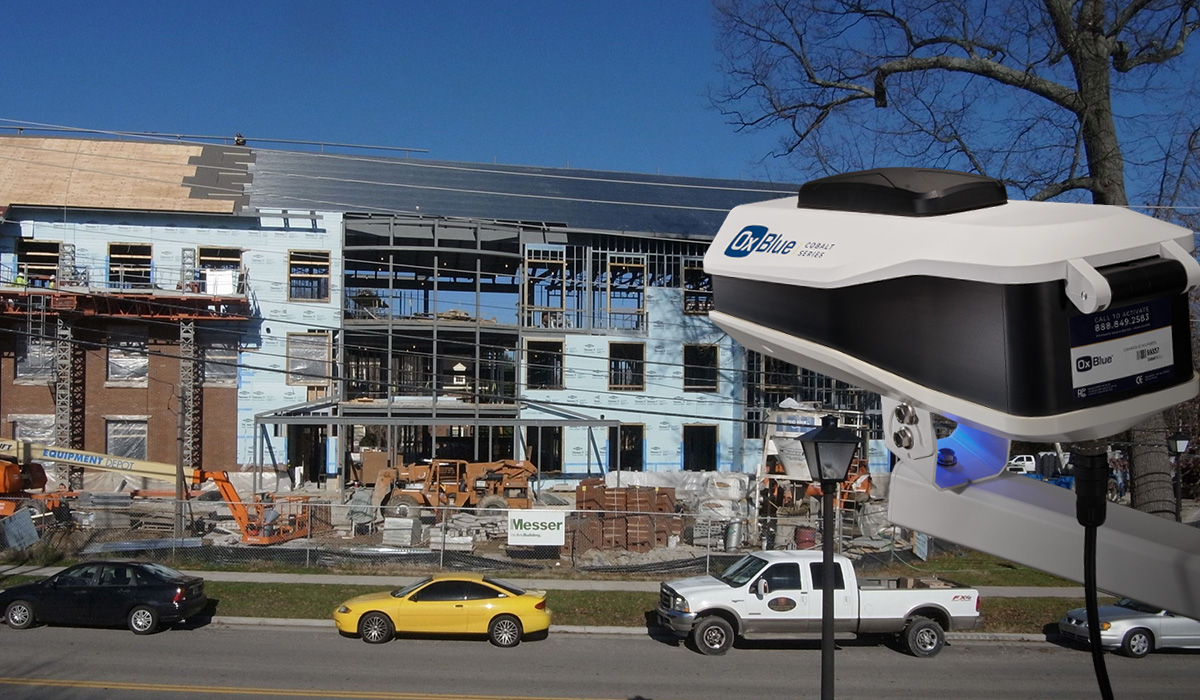Now Available: Sapphire MultiCam Security for Complete Jobsite Coverage
Case Study
The Greenest College Residence Hall in the World

COMPANY SNAPSHOT:
Berea College was the first college in the Southern United States to be coeducational and racially integrated.
FOUNDED:
1855
LOCATION:
Berea, KY
Benefits

The Challenge
Sharing a monumental sustainable development
When Berea set out the build the greenest, most sustainable university residence hall in the world, they did so with an enlightened vision for the future. It was a bold undertaking for the 1600-student private liberal arts college in rural Kentucky, and they wanted the world to know about it.

The Solution
Time-lapse cameras built on sustainability
Before breaking ground on the aptly named Deep Green Residence Hall, the office of Berea College Operations and Sustainability installed an OxBlue construction camera. The OxBlue camera delivers a live feed to a website that covers every aspect of the design, construction, and sustainability efforts of the project. The 8-megapixel camera captures 24/7 time-lapse photos of the construction site.
-
“From a fundraising standpoint, we love to share student stories that show donors the impact of their dollars. The same holds true for construction projects.”
-Chris Maguire, AVP Integrated Marketing & Communications , Berea
-
“Deep Green is such a unique and exciting project. I’m just really thankful that we have the camera there to document the construction. We show the time-lapse video at alumni reunions and board of trustees meetings. And we’re planning to host a sustainability conference in the coming year; we will definitely be showing our time-lapse video to those audiences.”
-Chris Maguire, AVP Integrated Marketing & Communications , Berea

The Implementation
Using the world's most energy-efficient camera
OxBlue's Cobalt camera is one of the world's most energy-efficient solar cameras, with the ability to use less than 1 watt of power (less than a lightbulb) to capture real-time images. This advanced capability helped Berea achieve the Living Building Challenge, a standard of construction that recognizes the most sustainable building. At the time, Berea was one of only 4 in the world to meet this standard.
The Results
Enhanced management, historical documentation
Real-time construction camera feeds and time-lapse footage bring the excitement of the project to anyone with an Internet connection, regardless of whether they’ve set foot on the construction site. As a bonus for Dodd and his team, the OxBlue camera enhances project management by allowing subcontractors to monitor progress in real time.